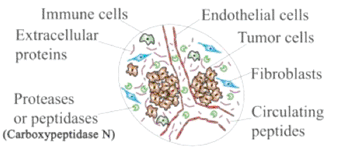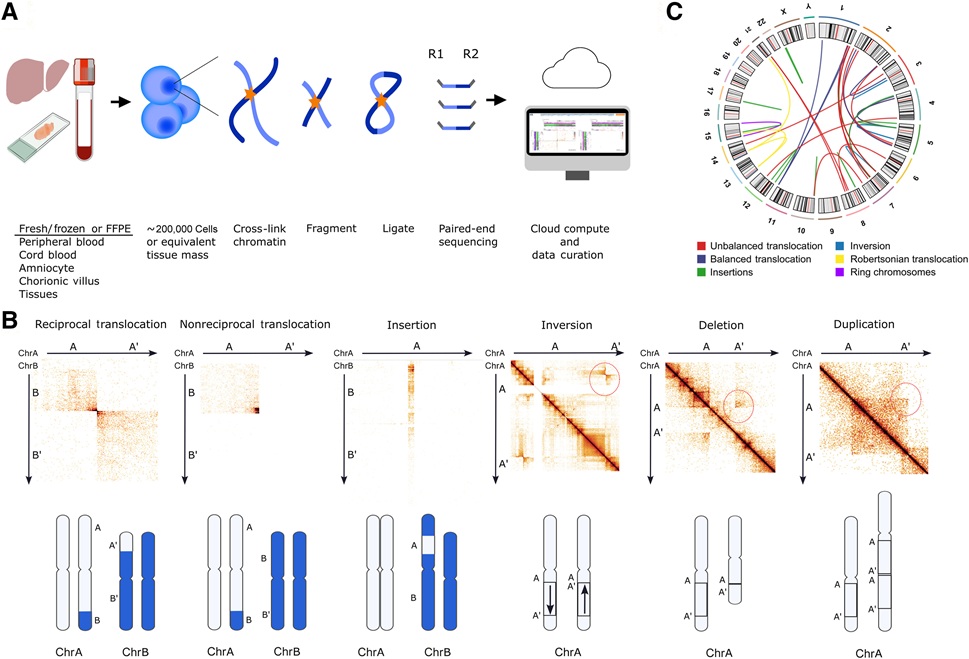Blood Test Could Replace Mammography and Clinical Examinations for Diagnosis of Breast Cancer
By LabMedica International staff writers
Posted on 25 Nov 2013
A blood test that measures circulating peptides produced by breast cancer cells may someday replace mammography, which is recommended for women aged 40 and older on an annual basis, and clinical breast examination, which is recommended for women younger than 40 whenever they visit their doctors, or else every three years.Posted on 25 Nov 2013
Previous studies had shown that the enzyme carboxypeptidase N (CPN) was more active in lung tumors than in normal lung tissue. As this enzyme regulates vasoactive peptide hormones, growth factors, and cytokines by specifically cleaving their C-terminal basic residues, investigators at the Houston Methodist Research Institute (Texas, USA) looked into the possibility that circulating peptides specifically cleaved by CPN in the tumor microenvironment could be stage-specific indicators of breast cancer.

Image: Small clusters of young tumor cells around blood vessels produce signature peptides (small pink lines). Some of these peptides move into the bloodstream where they can be detected by a serum-based tool, currently in development (Photo courtesy of Hu laboratory at the Houston Methodist Research Institute).
Working with a mouse breast-cancer xenograft model and with samples from a small group of women with breast cancer, the investigators used nanopore fractionation and mass spectrometry to determine levels of CPN-catalyzed peptide fragments in interstitial fluid and in blood samples.
They found that in both mouse and clinical patient samples, CPN was clearly increased in tumor tissues compared with normal breast tissue, whereas corresponding CPN abundance in blood remained constant. Concentrations of six CPN-catalyzed peptides predominantly increased in sera taken from the mice at two weeks after tumor implantation. Six homologous peptides displayed significantly higher expression in the patients’ plasma as early as the first pathologic stage of breast cancer. First stage breast cancer is defined as having cancerous cells and no tumor or with a tumor of two centimeters or less.
"In this paper we link the catalytic activity of carboxypeptidase N to tumor progression in clinical samples from breast cancer patients and a breast cancer animal model," said senior author Dr. Tony (Ye) Hu, assistant professor of nanomedicine at the Houston Methodist Research Institute. "Our results indicate that circulating peptides generated by CPN can serve as clear signatures of early disease onset and progression. Even at the eighth week, CPN activity was still significantly higher than baseline. However, we suspect the activity of different enzymes goes up and down as the disease progresses. We will be looking at how we might add known and future biomarkers to the blood test to increase its robustness and accuracy."
"What we are trying to create is a noninvasive test that profiles what is going on at a tissue site without having to do a biopsy or costly imaging," said Dr. Hu. "We think this could be better for patients and if we are successful, a lot cheaper than the technology that exists. While there is more to the cost of administering a test than materials alone, right now those materials only cost about USD 10 per test."
The study was published in the October 21, 2013, online edition of the journal Clinical Chemistry.
Related Links:
Houston Methodist Research Institute














